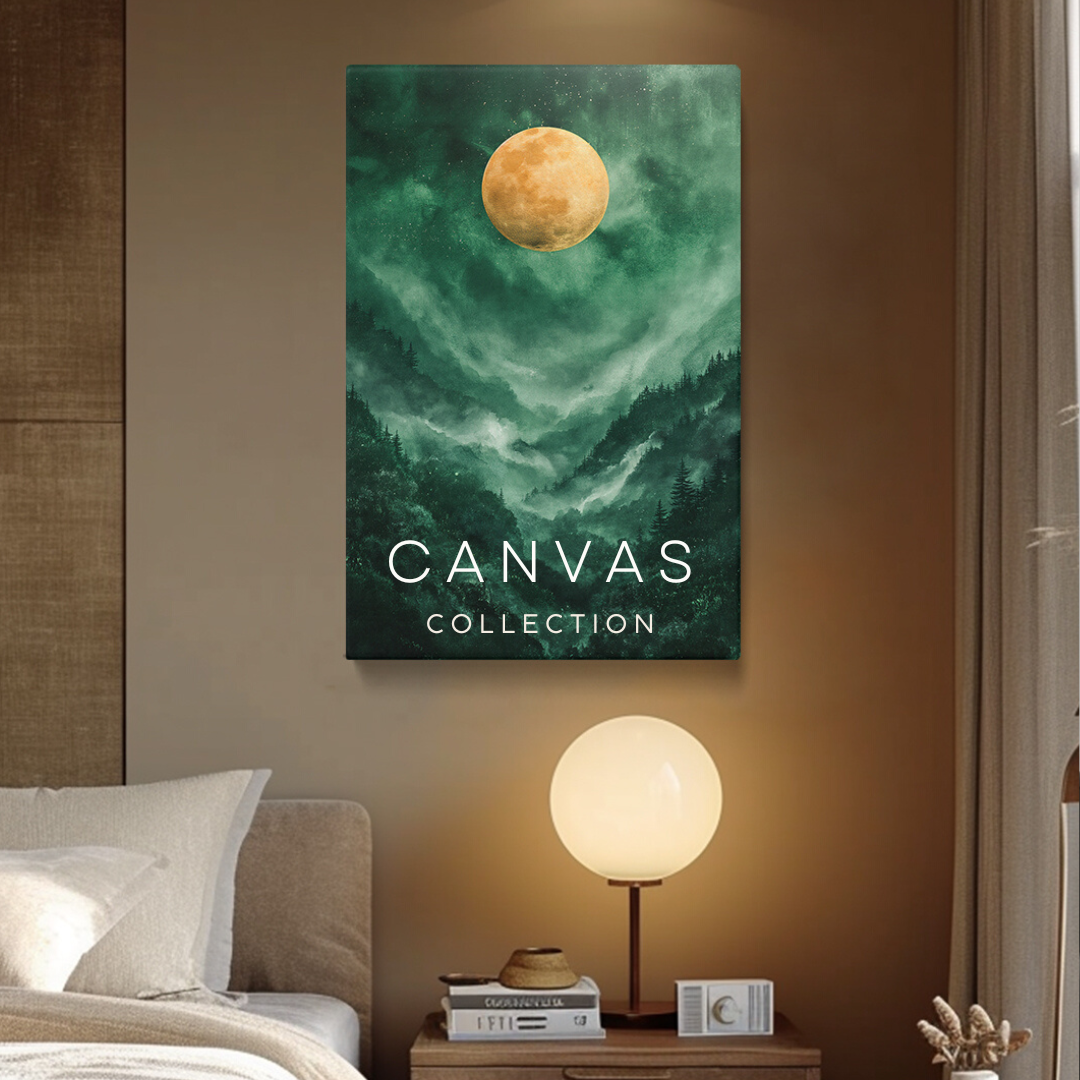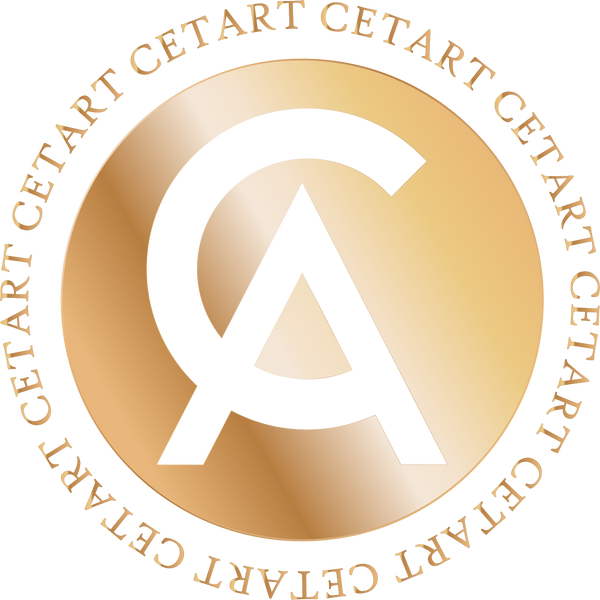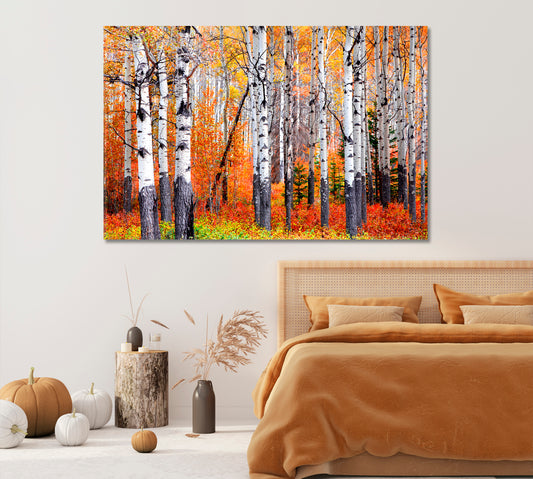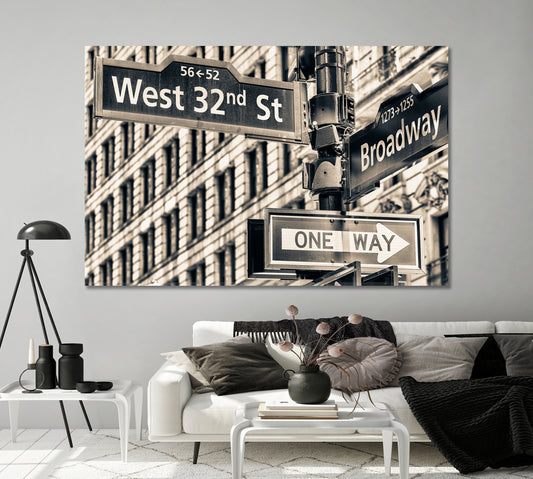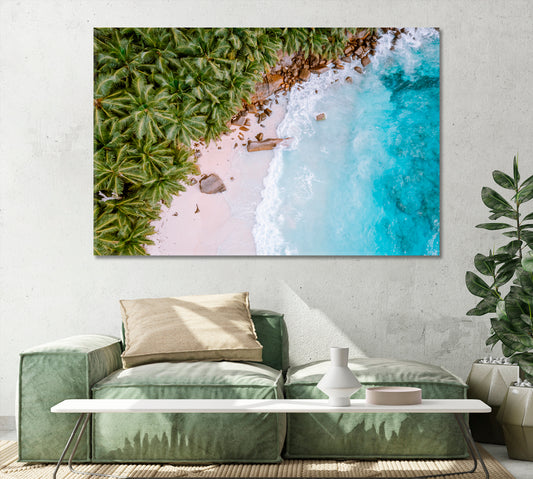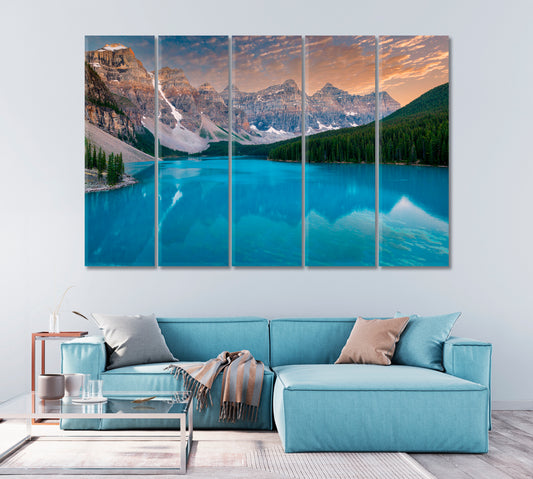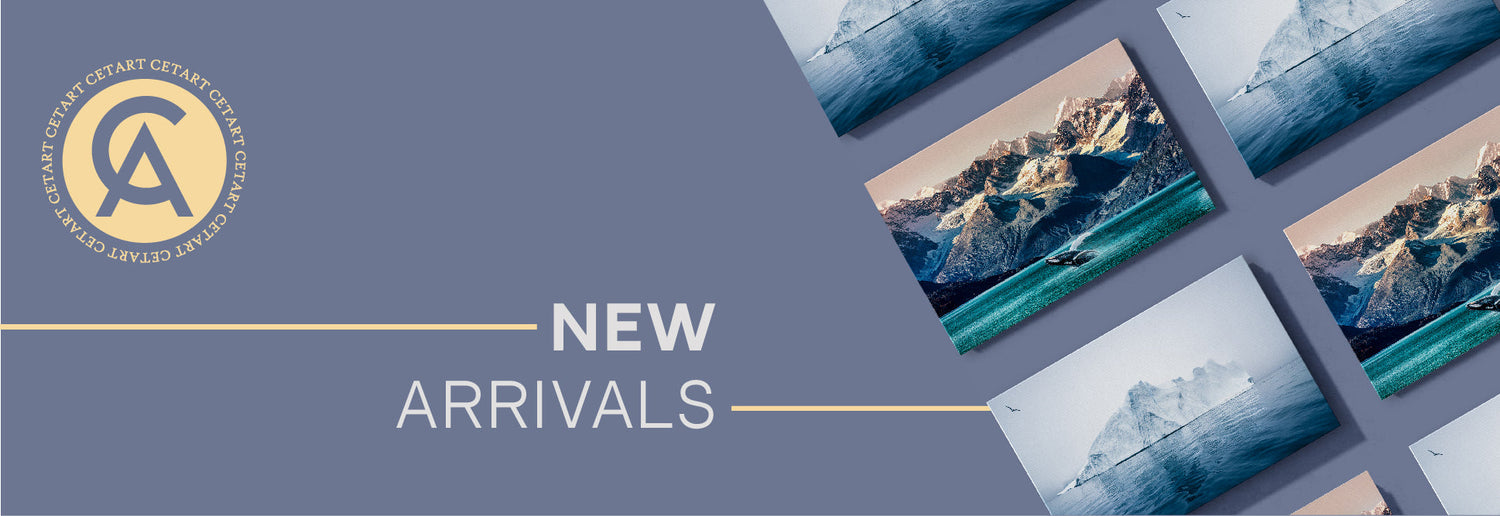
Pixels to Paint: The Harmonious Intersection of Digital Tools and Traditional Artistry
Share
Pixels to Paint: The Harmonious Intersection of Digital Tools and Traditional Artistry
I. Introduction
- Brief overview of art's evolution in the context of technology.
- Setting the stage: How digital tools started influencing traditional art forms.
II. The Historical Background
- A brief history of art tools: from basic brushes to software.
- The initial reception of digital tools by traditional artists.
III. Digital Tools in Modern Artistry
- Digital drawing tablets and their impact.
- Software and applications: Photoshop, Illustrator, Procreate, etc.
- The rise of 3D modeling and sculpting in artistic creations.
IV. The Fusion of Digital and Traditional Techniques
- Case studies of artists who seamlessly blend both mediums.
- The benefits of combining traditional and digital methods.
V. The Rise and Significance of Digital Prints
- Understanding Giclée and other digital print methods.
- Why digital prints have found a significant place in modern art collections.
- The advantages of digital prints: accessibility, affordability, and versatility.
VI. Real vs. Digital: Challenging the Notion of Authenticity
- The debate surrounding the 'originality' of digital art.
- Digital art in the NFT space: authenticity in the age of blockchain.
VII. The Impact on Art Education
- How art curricula are changing in the digital age.
- The benefits of teaching both traditional and digital techniques to budding artists.
VIII. The Future: Immersive Art and Augmented Reality
- How AR and VR are revolutionizing art displays and galleries.
- Predicting the next wave of technological influences on art.
IX. Conclusion
- Reflecting on the symbiotic relationship between digital tools and traditional artistry.
- The undeniable value and potential of this harmonious intersection.
I. Introduction
In the vast, ever-evolving world of art, the age-old traditions of painting and sculpting have witnessed a seismic shift, thanks to the dawn of digital technology. Once perceived as two separate realms—where pixels ruled the screens and paint graced the canvases—the two have now intertwined in an intricate dance, creating a fusion that both challenges and elevates artistic expression. This harmonious intersection has reshaped the boundaries of creativity, blurring the lines between tactile textures and digital designs. As we embark on this exploration, we'll delve deep into how the brushstrokes of yesterday find their echoes in the clicks and drags of today, crafting masterpieces that are a testament to human innovation. Join us on this journey from pixels to paint, and discover the mesmerizing world where digital tools and traditional artistry converge.
II. The Historical Background
The journey of artistic creation has its roots in the primitive tools and materials that ancient artists employed to express their visions. From rudimentary charcoal and natural pigments used in cave paintings, the evolution saw the advent of sophisticated tools like brushes, chisels, and eventually, a vast array of paints, canvases, and other mediums. Renaissance artists, for instance, were alchemists in their own right, experimenting with materials to perfect their frescoes and oil paintings.
Fast forward to the late 20th century, and the landscape of art began to experience another profound transformation. The introduction of computers and, later, graphic software, heralded a new era for artistry. Tools like Adobe Photoshop, CorelDRAW, and numerous other digital platforms offered a different palette, one that was not bound by the physicality of materials.
However, the advent of these digital tools was met with skepticism by many in the traditional art community. Purists believed that digital art lacked the authenticity, depth, and tactile quality of paintings and sculptures. There was a sentiment that digital tools made art "easy," removing the painstaking effort that traditionally went into creating masterpieces. But, as with all innovations, with time and exposure, perceptions began to shift. As traditional artists experimented with these new tools, they found ways to complement their skills rather than replace them. What emerged was a blend of the old and the new, bringing together the best of both worlds in ways previously unimagined.
III. Digital Tools in Modern Artistry
The digital revolution has ushered in tools and technologies that have broadened the horizons of artistic expression. One of the most significant advancements in this realm is the development of digital drawing tablets. These devices, such as those produced by Wacom and Huion, have bridged the gap between the tactile experience of drawing and the limitless possibilities offered by digital platforms. They allow artists to sketch, paint, and even sculpt with a stylus directly onto a screen, combining the immediacy of hand drawing with the advantages of digital manipulation. The pressure sensitivity, tilt recognition, and diverse brush options on these tablets emulate real-life drawing and painting techniques, enabling artists to retain the authenticity of hand-made art.
When discussing digital artistry, it's impossible not to mention the software and applications that have become the backbone of this field. Adobe Photoshop, initially designed for photo editing, quickly became a favorite among digital painters and illustrators, allowing for detailed art creation and manipulation. Adobe Illustrator, with its vector-based capabilities, offered precision that was invaluable for graphic designers and illustrators alike. More recently, applications like Procreate for the iPad have gained immense popularity among artists for their user-friendly interface and robust capabilities that facilitate everything from simple sketches to intricate digital paintings.
Beyond 2D art, the digital realm has seen the burgeoning growth of 3D modeling and sculpting. Software like Blender, ZBrush, and Maya have made it possible for artists to craft detailed, three-dimensional models and scenes. These tools, once exclusive to industries like filmmaking and video gaming, are now accessible to individual artists, allowing them to explore spatial artistry in entirely new ways. Whether it's creating lifelike characters, intricate architectural structures, or even abstract sculptures, 3D digital tools have transformed the landscape of artistic creation, bringing depth, dimension, and dynamism to the digital canvas.
In essence, the modern artist's toolkit, enriched by these digital devices and software, has expanded the realm of what's possible, blending the traditional with the contemporary and opening doors to uncharted territories of creativity.
IV. The Fusion of Digital and Traditional Techniques

In today's evolving artistic landscape, the boundaries between digital and traditional art have become increasingly blurred. Many artists, rather than choosing one over the other, are harnessing the strengths of both mediums to create works that are rich, multifaceted, and deeply engaging. This fusion brings forth art that speaks to both the time-tested virtues of classic techniques and the innovative allure of digital possibilities.
Case Studies:
-
David Hockney: One of the most celebrated artists of our time, Hockney has never shied away from incorporating technology into his work. While renowned for his paintings, he began using iPads and styluses to create digital drawings, which he would sometimes combine with his traditional paintings. His work showcases how digital tools can be as expressive as a paintbrush when wielded by a master.
-
Seb Lester: A calligrapher and designer, Lester's work on paper is breathtaking. Yet, he often employs digital tools to refine or reimagine his traditional calligraphy, producing pieces that resonate with both modernity and antiquity.
-
Rebecca Mock: Known for her intricate illustrations, Mock often starts with hand-drawn sketches. These sketches then transition into the digital realm, where she adds layers, colors, and sometimes even subtle animations, producing GIFs that breathe life into her traditionally rooted artwork.
Benefits of Combining Traditional and Digital Methods:
-
Versatility: Artists can begin their work in a traditional medium, capturing the raw spontaneity of hand-drawn art, and then refine it digitally, leveraging the precision and adaptability of software.
-
Experimentation: Digital tools allow artists to test various color palettes, designs, or compositions before committing, thereby acting as a sandbox for creativity.
-
Preservation and Reproduction: Traditional art can be delicate and susceptible to wear and tear. By digitizing their creations, artists can preserve their work indefinitely and reproduce it without diminishing quality.
-
Wider Reach: The digital realm allows artists to share their work with a global audience. A piece created using traditional techniques can be enhanced and animated digitally, making it suitable for platforms like Instagram or ArtStation, thereby reaching a wider, more diverse audience.
-
Innovative Presentations: Artists can create interactive installations or exhibitions by combining handcrafted pieces with digital projections or augmentations, offering viewers an immersive experience.
In this fusion of digital and traditional techniques, artists find a harmonious intersection where each medium amplifies the other. The result is art that resonates with history while embracing the future, capturing the imagination of audiences across generations.
V. The Rise and Significance of Digital Prints
V. The Rise and Significance of Digital Prints
The art world, historically rooted in handcrafted processes, has seen a seismic shift with the integration of technology. One of the most notable areas where this transformation is evident is in the domain of digital prints. From unique creations made purely in the digital realm to high-quality reproductions of traditional art, digital prints have revolutionized how art is produced, consumed, and appreciated.
Understanding Giclée and Other Digital Print Methods:
-
Giclée Prints: Derived from the French term "to spray", Giclée prints utilize inkjet printing technology. However, it's not your everyday inkjet process; these prints are made using professional-grade printers with archival quality inks on acid-free papers. The result? A superior, long-lasting print that can replicate the nuances of both traditional and digital art with exceptional detail and color accuracy.
-
Digital Lithography: While traditional lithography uses plates, digital lithography directly transfers digital images to the printing medium, offering quicker turnarounds and high-quality outputs.
-
Digital Screen Printing: This method uses digital technology to split the image into colors, which are then traditionally screen printed onto the canvas or material.
Why Digital Prints Have Found a Significant Place in Modern Art Collections:
-
Democratization of Art: Digital prints have made art more accessible to the masses. With the ability to produce multiple copies without degradation in quality, more people can own and appreciate art that would otherwise be out of reach.
-
Faithful Reproductions: For art enthusiasts who might not be able to acquire original works, digital prints offer an affordable and accurate reproduction, ensuring that the essence of the artwork is retained.
-
Diverse Medium Options: Digital prints aren't restricted to paper. Artists and collectors can opt for prints on canvas, metal, acrylic, and a variety of other materials, allowing for diverse presentation and aesthetic options.
Advantages of Digital Prints:

-
Accessibility: Digital prints bridge the gap between renowned artists and global audiences. Whether it's a digital download or a shipped print, art lovers from any corner of the world can access and acquire these pieces.
-
Affordability: Without the need for manual reproduction or the costs associated with traditional print methods, digital prints are often more wallet-friendly, making art collection more feasible for many.
-
Versatility: Artists can experiment with various digital modifications before finalizing the print. Furthermore, with the option to print on multiple mediums, they can cater to different preferences and settings, be it a corporate space, a modern home, or an art gallery.
In summary, the rise of digital prints signifies a pivotal moment in art history. These prints, while rooted in modern technology, retain the soul and essence of artistic creation. Their prevalence in modern art collections underscores their value not just as an alternative to traditional art, but as a significant and esteemed medium in their own right.
VI. Real vs. Digital: Challenging the Notion of Authenticity
VI. Real vs. Digital: Challenging the Notion of Authenticity
In the vast realm of artistry, authenticity has been a golden standard, often used to evaluate the worth, origin, and significance of a piece. Yet, as the digital age unfurls its wings, the very core of this concept is being scrutinized, debated, and often contested, especially when it comes to digital art.
The Debate Surrounding the 'Originality' of Digital Art:
-
The Ephemeral Nature of Digital Creations: While traditional art has a tangible presence, be it on canvas, paper, or stone, digital art exists in bits and bytes. The lack of physicality raises questions about its durability and, thus, its authenticity. Can something fleeting, that can be copied or altered with a click, be truly original?
-
Multiplicity vs. Singularity: One of the inherent capabilities of digital tools is reproduction without degradation. A digital art piece can be duplicated infinitely, each copy as pristine as the original. This stands in stark contrast to traditional art, where reproductions, even if meticulously done, can't entirely capture the nuances of the original. The ability to produce countless 'originals' in the digital realm challenges the very concept of what an original artwork represents.
-
Skill and Craftsmanship: Detractors often argue that digital art, with its use of software and tools, dilutes the skill factor, making it less 'authentic'. However, proponents argue that like any medium, digital tools are just that—tools. The vision, creativity, and talent lie with the artist, not the medium.
Digital Art in the NFT Space: Authenticity in the Age of Blockchain:
-
Immutable Provenance: Non-Fungible Tokens (NFTs) have brought a solution to the authenticity conundrum. Leveraging blockchain technology, every NFT is a unique digital certificate of authenticity. It provides an immutable record of the artwork's origin, ownership, and transaction history.
-
Monetizing Digital Art: With NFTs, digital artists have found a way to monetize their creations comparably to traditional art. The NFT space has seen artworks being auctioned for millions, highlighting the increasing acceptance and value associated with digital art.
-
Reshaping Perceptions: The rise of NFTs has had a profound impact on how digital art is perceived. By providing a structure for verifying and valuing digital creations, it challenges the age-old biases and places digital art on a pedestal, not as a mere offshoot of traditional art, but as a formidable medium in its own right.
In conclusion, the debate around the authenticity of digital versus traditional art is a testament to the evolving nature of art itself. As boundaries blur and perceptions shift, the art community and enthusiasts are prompted to rethink and redefine the core values and standards that have been held dear for centuries. The intersection of art and technology is not just a merger of tools and techniques; it's a philosophical exploration of what art was, is, and can be.
VII. The Impact on Art Education
In an age where screens have become canvases and styluses have replaced brushes, the educational realms dedicated to the arts are undergoing a significant transformation. As digital tools increasingly permeate every facet of our lives, art education is no exception, embracing this shift and integrating it into curricula. This intersection of tradition and innovation within the classrooms has begun to redefine what it means to educate an artist in the 21st century.
1. Evolution of Art Curricula in the Digital Age:
-
Integration of Digital Platforms: Art schools and universities worldwide are incorporating courses dedicated to digital artistry. From digital illustration to 3D animation, these courses are being offered alongside traditional art classes, reflecting the evolving needs of the industry and the preferences of the students.
-
Interdisciplinary Learning: The boundaries between art, technology, and other disciplines are becoming increasingly porous. Many institutions now encourage a cross-disciplinary approach, allowing art students to take classes in computer science, multimedia, or even virtual reality.
-
Online Tutorials and Platforms: Beyond formal education, there's a surge in online platforms offering courses, workshops, and tutorials in digital art techniques. Websites like Skillshare, Udemy, and Coursera have democratized learning, allowing aspiring artists from all corners of the globe to hone their digital skills.
2. The Symbiotic Relationship Between Traditional and Digital Techniques:
-
Foundation in Basics: While the tools might change, the fundamental principles of art remain constant. A strong grounding in traditional techniques—be it sketching, color theory, or composition—serves as a vital foundation upon which digital skills can be layered.
-
Hybrid Art Forms: Encouraging students to blend traditional and digital mediums can lead to the creation of hybrid art forms. For instance, a watercolor painting can be scanned and further refined using digital software, or a hand-drawn sketch can be transformed into a digital 3D model.
3. Benefits of a Dual-focused Approach in Art Education:
-
Versatility: Artists trained in both traditional and digital techniques are better equipped to adapt to various professional environments, be it a traditional atelier, a digital design firm, or freelance work.
-
Holistic Understanding: A comprehensive education provides budding artists with a broader perspective. They can appreciate the nuances and strengths of each medium and make informed decisions about which to use based on their project's requirements.
-
Encouraging Innovation: By exposing students to a wide array of tools and techniques, educators are fostering a culture of innovation. Students are encouraged to experiment, push boundaries, and come up with novel solutions to artistic challenges.
In essence, the digital age, rather than diluting the essence of art education, is enriching it. By weaving digital tools into the tapestry of traditional art education, institutions are ensuring that the artists of tomorrow are well-equipped, versatile, and reflective of the times they inhabit.
VIII. The Future: Immersive Art and Augmented Reality
The realm of art, inherently dynamic, is currently witnessing a paradigm shift in its presentation and interaction. As technology continues its relentless march forward, the line between the real and virtual world begins to blur. Immersive art forms, particularly Augmented Reality (AR) and Virtual Reality (VR), are at the forefront of this transformation, ushering in an era of art that is more interactive, accessible, and engrossing than ever before.
1. AR and VR in Modern Galleries and Museums:
-
Interactive Exhibitions: Gone are the days when art was a mere passive experience. With AR, visitors can point their devices at a piece to receive additional information, artist interviews, or even see the artwork come to life in dynamic ways.
-
Virtual Galleries: VR allows for the creation of entirely virtual galleries where spatial and physical constraints no longer apply. Art enthusiasts can 'walk' through these galleries from the comfort of their homes, accessing art from around the globe.
-
Enhanced Storytelling: With the blending of multimedia elements, stories behind the artworks can be narrated more vividly. Imagine standing before a historical painting and having the scene come alive around you, providing a context that a mere placard could never convey.
2. Art Creation in the Age of AR and VR:
-
3D Sculpting and Painting: Artists are no longer limited to two dimensions. With tools like Tilt Brush by Google, artists can paint in 3D space, creating sculptures of light, sound, and color.
-
Collaborative Creation: Multiple artists can collaborate in real-time in a shared virtual space, irrespective of their geographical location, leading to entirely new forms of collective art.
3. Predicting the Next Technological Wave:
-
Holographic Displays: As hologram technology becomes more refined, we might see art displays where 3D holographic artworks float in space, offering a 360-degree view.
-
Sensory Augmentation: Beyond mere visuals, future art installations might incorporate other senses. Imagine smelling a scene from a painting or feeling the texture of a virtual sculpture.
-
Neural Interfaces: Direct brain-computer interfaces could eventually allow viewers to interact with art using just their thoughts or even experience the emotions the artist intended more directly.
-
Personalized Art Experiences: Leveraging AI with AR, future exhibitions might tailor the experience based on the viewer's preferences, mood, or past interactions, creating a unique journey for each visitor.
The confluence of technology and art promises a future where the boundaries of creativity are only limited by imagination. As AR and VR technologies mature and become more integrated into our daily lives, the art world will undoubtedly embrace them to provide richer, deeper, and more interactive experiences. The canvas of the future is not just a flat surface but the very space around us, waiting to be filled with the colors of innovation.
IX. Conclusion
Art has always been a reflection of the times, a mirror to society's evolution, its beliefs, and its technological advancements. As we stand at the crossroads of the traditional and the digital, it becomes abundantly clear that neither exists in isolation. They feed into and enrich each other, creating a mosaic of techniques, expressions, and mediums that are far more profound than their individual parts.
The integration of digital tools into traditional artistry isn't a replacement or a diminishment of what came before; rather, it's an expansion. It's about artists pushing the boundaries of their creativity, armed with more tools than ever before. Every brush stroke on canvas that finds its echo in a digital print, every hand-drawn sketch that's enhanced in a software program, stands testament to an era where artistry isn't confined by medium but elevated by possibilities.
In the harmonious intersection of pixels and paint, we find a world where the tactile warmth of traditional techniques seamlessly blends with the boundless potentials of the digital. It's a world where authenticity isn't compromised but redefined. Where the age-old essence of storytelling, expression, and creativity thrives amidst algorithms, pixels, and codes.
As we journey further into this integrated future, the value of this union becomes undeniable. The worlds of the tangible and the virtual, of the handcrafted and the digitally rendered, don't stand opposed. Instead, they converge, promising a richer, more diverse, and more accessible art landscape for creators and connoisseurs alike. In this dance of pixels and paint, the future of artistry shines bright, echoing the timeless sentiment that in unity, there is strength, and in diversity, there is beauty.
Dive Deeper into the Digital Art Realm! 🎨✨
Are you intrigued by the seamless fusion of traditional strokes and digital nuances? Whether you're a seasoned artist or a curious enthusiast, now's the perfect time to embrace the world of digital art tools. Unleash your creativity, explore new horizons, and redefine what art means to you in this modern age.
Have you already dabbled in this harmonious intersection of art forms? We'd love to see! Share your masterpieces or experiences with us. Let the world witness the magic that happens when the timeless meets the futuristic. Join the conversation, inspire, and get inspired.
